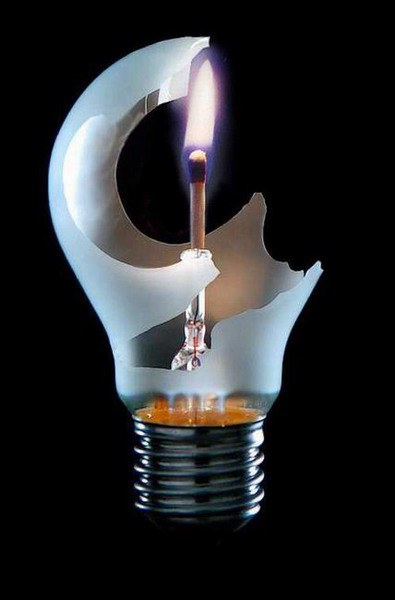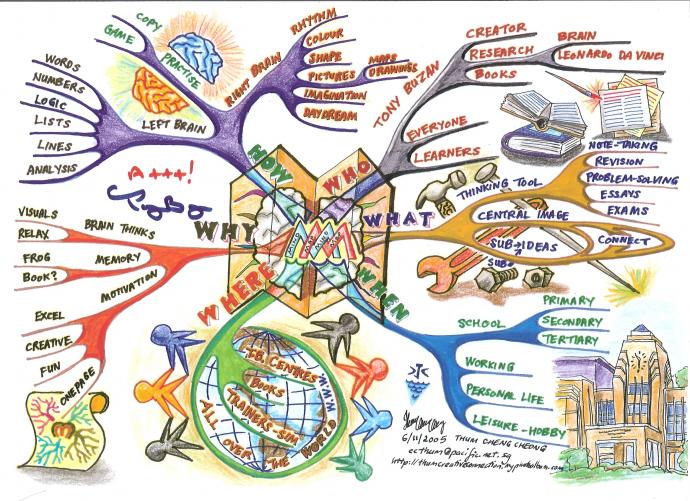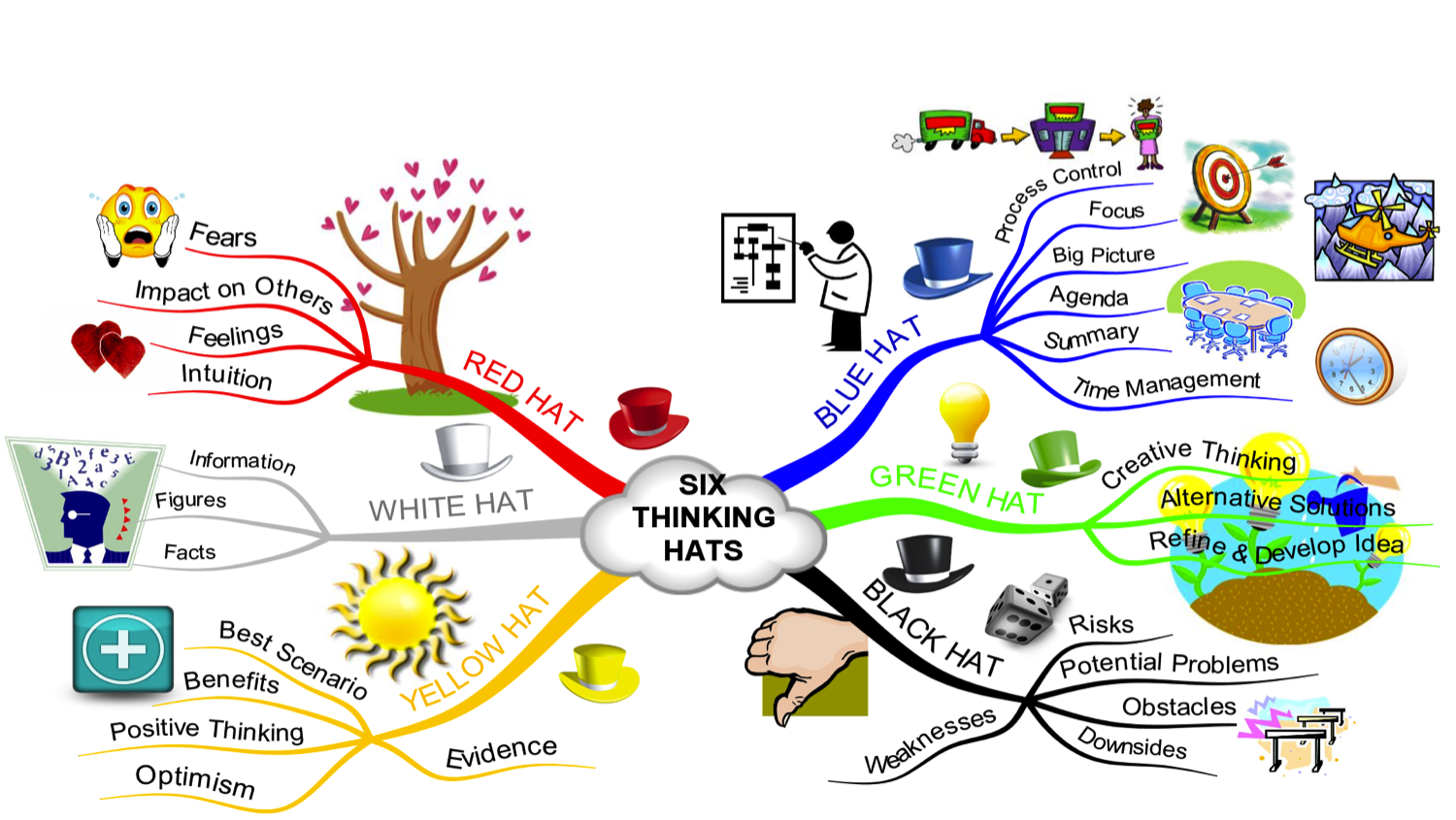 During the time I was getting paid to work (I still work, I just don't get paid for it), I spent a lot of time thinking and studying creativity. I know that a lot of people believe that creativity is somehow a genetic trait, that it can't be learned in the traditional sense, the same way you would teach a child the multiplication tables or learn how to make gnocchi. Why is that? Probably because there isn't a clear result - standardized tests on creativity aren't that common. Also, there is the old myth that people are "right brained or left brained". For the longest time, I believed I was special because I was left handed, an since so many lefties in the world were also smart, creative people, I was one of them, right?
During the time I was getting paid to work (I still work, I just don't get paid for it), I spent a lot of time thinking and studying creativity. I know that a lot of people believe that creativity is somehow a genetic trait, that it can't be learned in the traditional sense, the same way you would teach a child the multiplication tables or learn how to make gnocchi. Why is that? Probably because there isn't a clear result - standardized tests on creativity aren't that common. Also, there is the old myth that people are "right brained or left brained". For the longest time, I believed I was special because I was left handed, an since so many lefties in the world were also smart, creative people, I was one of them, right?
The two main sources of my creativity study were Edward De Bono and Tony Buzan, both British. That's probably because the years when I really cared enough to study these things were when Liz and I were living in England. It seemed at the time that there was more acceptance in Britain of people like Edward and Tony, that they were considered people who others should stop and listen to. Tony Buzan had a regular TV show in the 80s in England, generally describing his method of "mind mapping" that helped people organize thoughts around a particular subject, not only as a way to help them be more creative, but to make notes more visual. Britain, at the time, saw TV as a means of educating the public, and since the two leading television channels, the BBC, were government run, it seemed like a natural fit for educational content from people like Tony Buzan to be presented for the edification of the populous.
 Not being particularly artistic (yet another thing that people think is genetic), my maps were, and are, far less colorful. They generally consisted of a central bubble with a bunch of lines leading out. I wasn't long before programmers came up with applications that emulated the hand-drawn maps, allowing users to condense and re-format mind maps into outlines and even power point presentations. I was so proud of my mind-mapping abilities that I attempted a few times to do my presentations directly from my large, complex and hard to read mind maps. After detecting considerably less enthusiasm for my skills in audiences, I decided to save my mind-map presentations for those who might better appreciate them. To this day, I still use mind mapping to organize my somewhat random thought processes into something that is a bit more understandable to others.
Not being particularly artistic (yet another thing that people think is genetic), my maps were, and are, far less colorful. They generally consisted of a central bubble with a bunch of lines leading out. I wasn't long before programmers came up with applications that emulated the hand-drawn maps, allowing users to condense and re-format mind maps into outlines and even power point presentations. I was so proud of my mind-mapping abilities that I attempted a few times to do my presentations directly from my large, complex and hard to read mind maps. After detecting considerably less enthusiasm for my skills in audiences, I decided to save my mind-map presentations for those who might better appreciate them. To this day, I still use mind mapping to organize my somewhat random thought processes into something that is a bit more understandable to others.
What does this have to do with creativity, you ask?
One of the things that I learned from Dr.s Buzan and De Bono was that one of the biggest creativity killers was what I used to call "grooves in the mind". Edward De Bono describes the mind as a flat plate of gelatin (Jello, to us Americans) onto which dollops of hot water was poured. As each bit of water is poured onto the Jello, a dent is washed out. As more experiences were built up, more dents are made, or previous dents made deeper. Eventually, every dollop of water poured on the Jello flows to the same dent. So, without a deliberate push away from those dents, every experience elicits the same reaction. It's easy to see in folks who are getting on in years - often less and less willingness to learn new things or think in new ways. After all, it worked all these years, it will continue to work, right?
Edward De Bono coined the phrase "lateral thinking" - which eventually made it into the Oxford Dictionary. The idea is that instead of just relying on past experiences to influence your creative activity, you do things to deliberately take you out of your normal thought processes or comfort zones. One of his favorite tools was a simple dictionary, he would gather a group of people together, propose a topic, and then randomly open a dictionary, point at a word, and ask what that word made the group think of in relation to the proposed topic.
A typical exercise might go like this:
Facilitator: "Let's talk about the problem of crowding at the doors of an underground train. What creative ideas can we come up with to mitigate this problem?"
Facilitator (opens dictionary randomly): "I see the word 'feather'. What does that make us think of?
Group: "Feathers are light!", "Feathers are beautiful!", "Feathers allow birds to fly!", "Feathers float in water!", "Feathers are used for artistic writing!"
Facilitator: "Hummmm, "flying" and "light". Perhaps we have something here. What if we elevated the entry to the to the underground train?"
Member of Group: "Better yet, what if we made the underground trains two levels, allowing twice as many people to board at the same time, through an upper and lower doors?"
Member of Group: "Flying is fast. What if we made the trains faster, so more people could be moved, which means less people on the platform?"
Member of Group: "Beautiful... What if we made the platforms more artistic, so people didn't mind hanging around waiting for the next train?"
Anyway, you get the picture. A single word brought people out of their normal modes of thinking to allow them to go into thinking modes they hadn't previously considered.

Edward De Bono invented a number of other processes that he described in various books. I sometimes used "6 Hats Thinking" when I was doing meeting facilitation. It was an interesting way to get people to think out of the box, and to clearly understand what mode their thinking was in at a moment.
So, what's the point of all this? I'm not sure, but as with the opening of a dictionary, perhaps some of the thoughts here will help someone to move out of their self-imposed mental dents into fresh areas of Jello. In these days of conservatism and fear of change, I'd like to think that there are still people out there who are willing to look at the world in a new way, if for no other reason than it is a new way.
